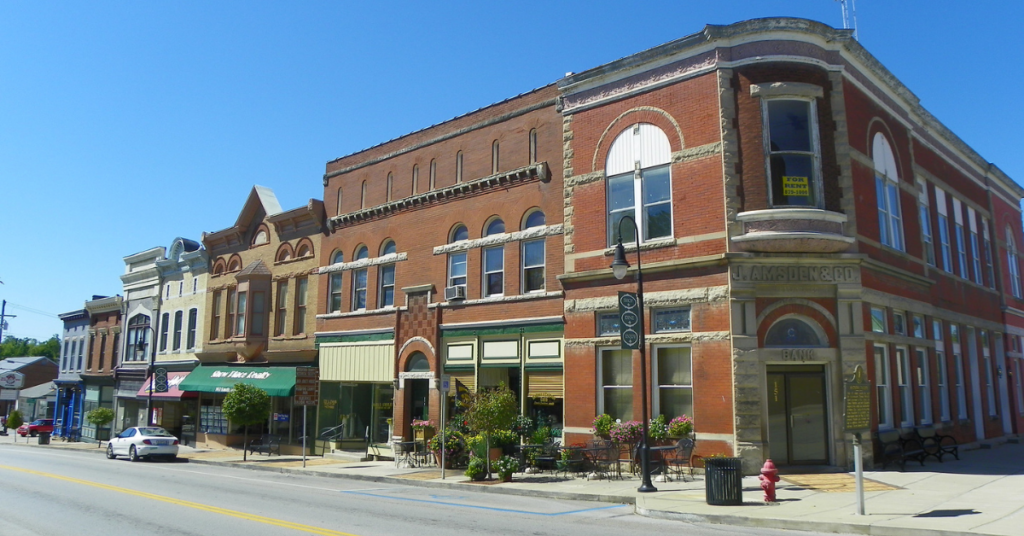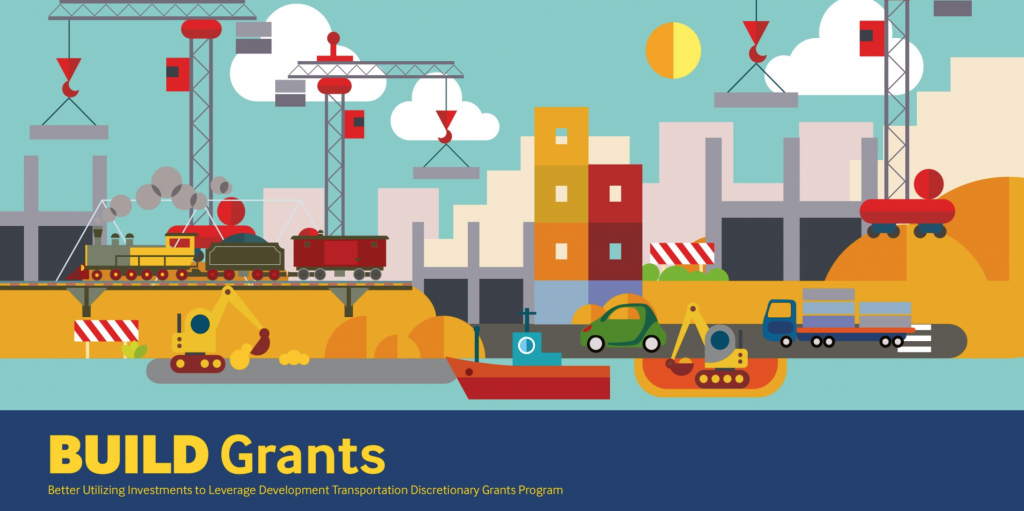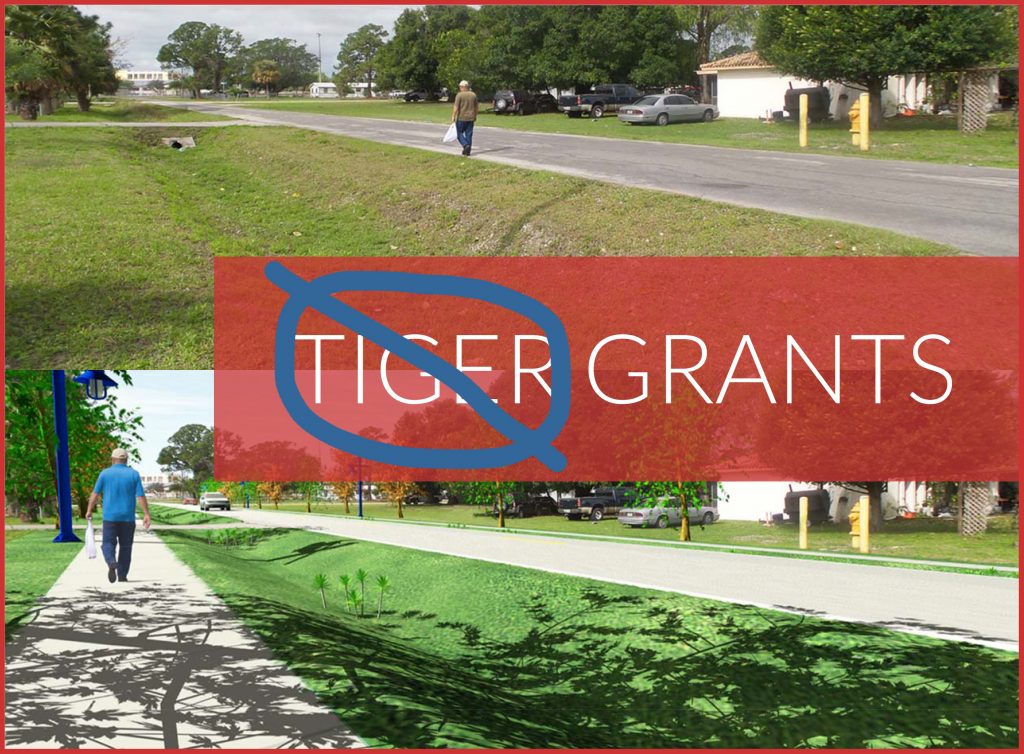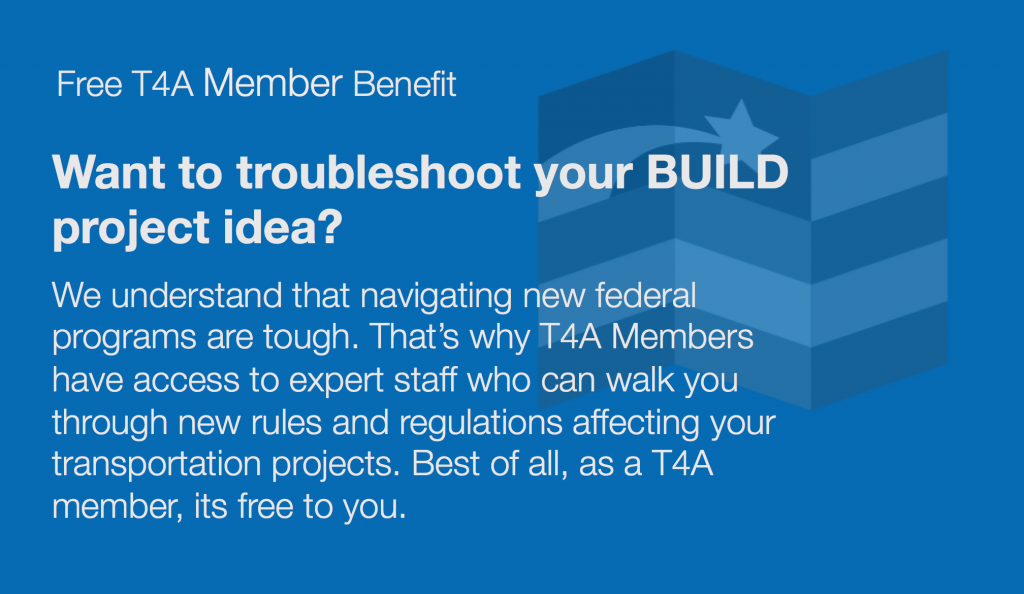
What applicants need to know about TIGER’s replacement program: BUILD

The ever-popular TIGER grant program has returned for a ninth round, but this time with triple the usual amount of funding, a brand new name (and acronym), and new criteria and qualifications that were added to the program by appropriators in the Senate and House. Our resident expert takes a closer look at the changes.

On Friday April 20th, the U.S. Department of Transportation (USDOT) released the FY 2018 Notice of Funding Opportunity (NOFO) for the Better Utilizing Investments to Leverage Development or BUILD program, previously known as the Transportation Investment Generating Economic Recovery (TIGER). Having worked on Capitol Hill when this program was passed in 2009 through the American Recovery and Reinvestment Act (ARRA) and then at USDOT where I helped run multiple rounds of competitive grantmaking, I want to take a deeper dive, but also add some context about the changes to this program.
First, to say this program has always been popular is a gross understatement. It was not only the most popular program at USDOT but one of the most popular programs across all of government. USDOT routinely received 10 times the requests for funding than was available and overwhelmed grants.gov, the online portal for federal grant programs.
Flexibility has always been the key to its popularity. While most federal transportation dollars go to state DOTs (with a small amount going to transit agencies and metropolitan planning organizations (MPOs)) for specific types of projects written into federal law, TIGER funds could go to any governmental entity, including counties, cities, and rail authorities. This aspect continues in the BUILD program. Likewise, most transportation funds are divided up by “mode”—roadway vs. transit vs. rail vs. waterway. For example, if you have a roadway resurfacing project that includes the replacement of bus stops and the purchase of buses, for conventional federal transportation dollars, you would have to apply separately to different roadway and transit programs, which can involve multiple agencies within your state DOT and also within USDOT.
With BUILD, you can continue to get the necessary funding for your entire project in one application at one time.
As an aside, let me address the name change. I can’t pretend to be happy to see the name TIGER go away. As a proud graduate of Louisiana State University (LSU), I’ve been asked for years if the program was named after my LSU Tigers. The name preceded me but I have always loved the association. Still, as a product of the Recovery Act, TIGER’s focus was on projects that were both ready to go and could provide an economic shot in the arm. In the years since 2009, we have moved beyond the need for the intensive and immediate economic recovery that we sought in 2009, and it is time for a new name too. BUILD is a good one.
What makes BUILD different?
So what makes BUILD different from previous rounds of TIGER? Congress required the administration to keep the 2016 criteria (safety, economic competitiveness, quality of life, environmental sustainability, and state of repair), so the short answer is not a whole lot.
But the changes that were made are still notable.
First, there is a whole lot more money available: $1.5 billion. This is the most that Congress has appropriated to this program since the Recovery Act and triple the $500 million made available in the last round in FY2017. Additionally, up to $15 million of that $1.5 billion may be used for planning, preparation, or design grants for eligible projects (as happened in TIGER’s 2nd and 6th rounds.) USDOT Secretary Elaine Chao has the discretion on whether she wants to award any or all of that $15 million.
Congress also capped individual awards at $25 million. This one is quite a shame. In the first round of TIGER, we were able to fund a piece of the CREATE project in Chicago—a huge multi-billion effort to rationalize rail movement through the region and de-conflict it with transit and roadways—an enormous project with benefits that rippled throughout the country. We were able to fund double-stacking rail projects like the National Gateway Freight Rail Corridor and the replacement of the I-244 bridge in Tulsa. In subsequent rounds, projects tended to top out around $25 million because Congress shrank the overall size of the program but still required geographic equity, modal balance, and a fair rural/urban split. These factors combined to make it incredibly hard to fund any larger projects and still check all of those boxes. With the increase in funding for this round, USDOT had an opportunity to fund more of these larger, transformative projects; but Congress has unfortunately made that option unworkable.
Third, USDOT will now evaluate applicants on how well they secure and commit new, non-federal revenue for projects. This is a major new criterion worth elaborating on. USDOT defines new revenue as “revenue that is not included in current and projected funding levels and results from specific actions taken to increase transportation infrastructure investment.”
It is important to note that USDOT won’t consider any local or state revenue authorized before January 1st, 2015 as new revenue and nor can such revenue be applied as matching funds for BUILD projects. So, for example, if a state increased its gas tax before January 1, 2015, USDOT will not count the resulting revenue raised as new revenue. That includes the 12 states that took the bold step of increasing their state transportation funding between 2012 and 2014. Examples of new revenue according to USDOT are asset recycling, tolling, tax-increment financing, or sales or gas tax increases. Under this definition, bonds do not qualify as a new revenue source.
Fourth, Congress provided a strict timeline for making awards. USDOT must announce the recipients of BUILD grants no later than December 17, 2018. In order to meet that deadline, USDOT released this notice quickly and has set a deadline of 8:00 p.m. EDT on July 19, 2018 for all applications. Five months to make award decisions may seem like a long time to folks on the outside, but given that USDOT received 451 applications in the most recent round (for just one-third of the amount of funding available here), it will take a lot of hard work from the folks at USDOT to hit their deadlines.
Questions for USDOT
The emphasis on non-federal resources is not new from this administration. For the localities that haven’t raised new funding since January 2015, they’ll be hard-pressed to do so in the next few months before applications are due. And it will be difficult to balance the preference for new funding with USDOT’s other priorities. For example, the Trump administration wants to prioritize rural projects, but rural areas have the least ability to toll or raise new funding. Which of these competing priorities will win out? I tend to think the rural priority will.
If your state has raised the gas tax, do localities within that state get to take credit for it? What if a state prohibits its localities from raising funds? I assume that the administration will excuse state DOTs from this exercise, but will they hold these restrictions against states in their applications?
These are the sort of questions I plan to ask USDOT officials on our members-only webinar, scheduled for May 14 at 4 p.m. EDT. T4A members can email their questions in advance to Program Manager Alicia Orosco.
The last point I will make is that transit was basically locked out of the most recent round of TIGER awards. Many people have asked me whether it is worth the effort to apply for funding for transit projects this time. My answer is an unqualified “yes!” With three times the funding as last year and a cap on the size of awards, we can expect USDOT to fund 2-3 times as many projects. It will be harder for the administration to not select transit projects, especially projects that have some value capture or other funding associated with it. Further, many members of Congress from both sides of the aisle have complained mightily about the lack of transit projects in the last round. If they fail to fund transit reasonably this time, Congress will probably slap another requirement on them, and I think USDOT knows that and would like to avoid it.

Not yet a member? Join T4America today! Already a member? Connect with T4America staff



